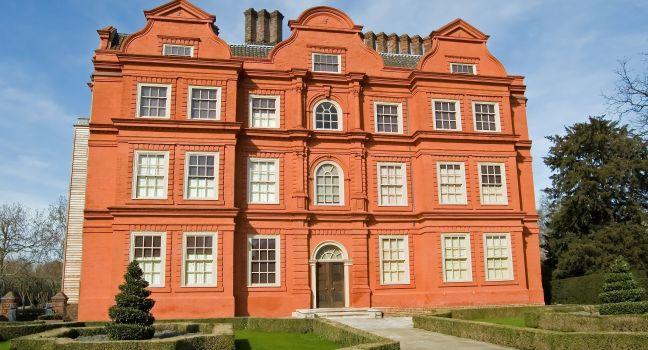Kew Gardens
Enter the Royal Botanic Gardens, as Kew Gardens are officially known, and you are enveloped by blazes of color, extraordinary blooms, hidden trails, and lovely old buildings. Beautiful though it all is, Kew's charms are secondary to its true purpose as a major center for serious research: more than 200 academics are consistently hard at work here on projects spanning 110 countries. First opened to the public in 1840, this 326-acre site has been supported by royalty and nurtured by landscapers, botanists, and architects since the 1720s. Today the gardens, now a UNESCO World Heritage site, hold more than 30,000 species of plants from every corner of the globe.
Architect Sir William Chambers built a series of temples and follies, of which the crazy 10-story Pagoda, visible for miles around, is the star. The Princess of Wales Conservatory houses 10 climate zones, and the Treetop Walkway takes you 59 feet up into the air. Two great 19th-century greenhouses—the Palm House and the Temperate House—are filled with exotic blooms, and many of the plants have been there since the final glass panel was fixed into place, including the largest greenhouse plant in the world, a Chilean wine palm planted in 1846 (it's so big you have to climb the spiral staircase to the roof to get a proper view of it).
To get around the gardens, the Kew Explorer land train runs on a 40-minute, hop-on, hop-off route, starting at the Victoria Gate, every 30 minutes, 11–4:30 (£6.50). Free guided tours, run by volunteers, are given daily at 11 and 1:30, plus special seasonally themed tours at other times. Discovery Tours, fully accessible for visitors in wheelchairs, are also available daily with advance booking.




